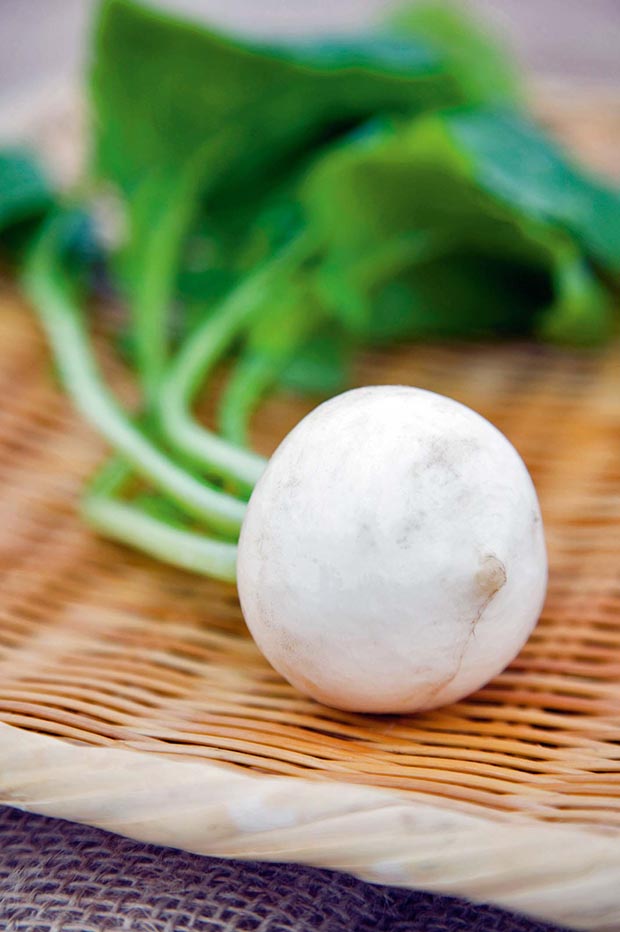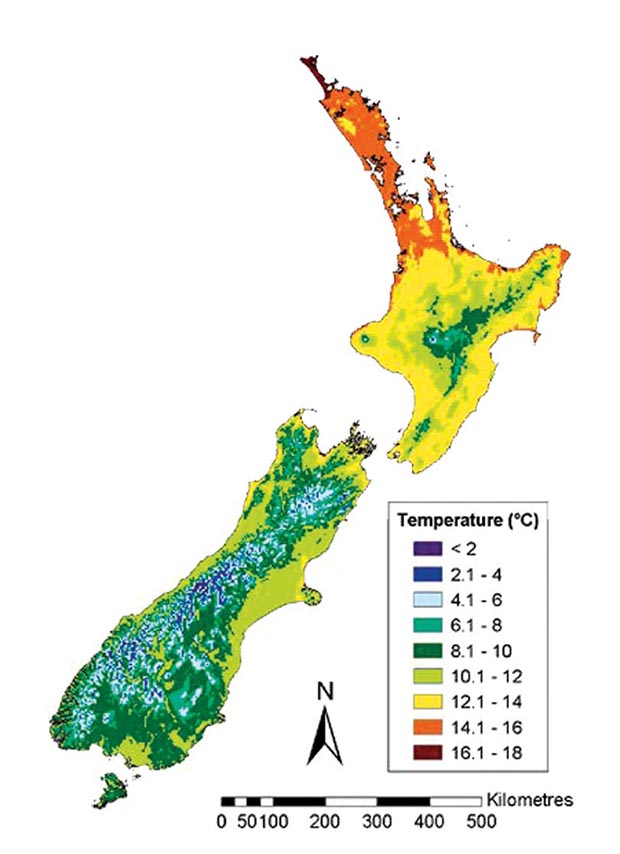When to grow and harvest turnips in New Zealand

Many of us are more used to seeing cattle grazing fields of turnips than eating them ourselves. However, the range of turnips available today, especially the mini ones, are a very quick and easy plant to grow, sweet-tasting, and they do double-duty in the kitchen supplying edible green leaves plus the root at the base.
The trick is to pick leaves and roots when they are small, young and tender, as they quickly grow past this point (within 30-50 days depending on the variety) and go bitter, woody or “turnippy” as many in the 40+ age groups may remember with a shudder.
VARIETIES
Milan Red Top
www.kingsseeds.co.nz
Pure white below the soil line but vivid red above, best eaten when small (2.5-3.5cm to a maximum of 5-7cm across).
Japanese ‘Hakurei’
www.yates.co.nz
White-skinned turnips with a crisp, sweet flesh, excellent in soups, salads and other oriental cooking, leaves can be eaten too.
Golden Ball
www.koanga.org.nz
Gorgeous-looking heritage, golden turnip, can be eaten steamed, roasted or raw, leaves can be eaten too, don’t let it get bigger than a golf ball.
Tokyo cross F1 hybrid
www.egmontseeds.co.nz
Early maturing (30-40 days) tangy turnip, perfect for salads, or Egmont recommend using it for turnip chips.
WHEN TO PLANT
Late spring until late summer in most areas, until May in warm areas. Short growing season.
SOIL
Will grow in poor soils, but do best in a rich, well manured soil.
HARVEST
Can be as early as 30 days depending on variety, don’t allow mini turnips to go past golf-ball size, leaves can be harvested earlier (and are more nutritious than the turnip itself).
STORAGE
Fresh turnips don’t keep that well due to high water content, 1-2 weeks in fridge. Can be frozen: wash, peel, slice and put in pot, cover with water and bring to boiling point, then put into cold water, drain, pack in freezer bags and freeze.

TURNIP TIPS
– A good-tasting turnip will smell sweet when raw.
– Large turnip varieties need peeling but mini turnips (golf-ball size or smaller) usually don’t.
– Slice or chop turnips into evenly-sized pieces before cooking.
– Grate raw mini turnips into salads, or cut into super-thin slices.
– Really large turnips tend to go woody and aren’t nice to eat (unless your pig, goats, cattle or sheep want to have a go).
– Young tender leaves can be eaten raw in salads, older greens will need to be steamed or cooked.
– Over-cooking turnips and their leaves will make them taste bitter and/or “turnippy”.
– Slice thinly, boil (6-8 minutes) and mash as you would for potatoes, but note turnips cook faster than potatoes so be careful on the timing.
– Prop the pot lid open on cooking turnips so you don’t trap gases that create the “turnippy” smell/taste.
– Best cooked in enamel or stainless steel pots as turnips may interact with aluminium or iron pots.
– Grated turnip makes a great addition to a stock.
Love this story? Subscribe now!
 This article first appeared in NZ Lifestyle Block Magazine.
This article first appeared in NZ Lifestyle Block Magazine.

